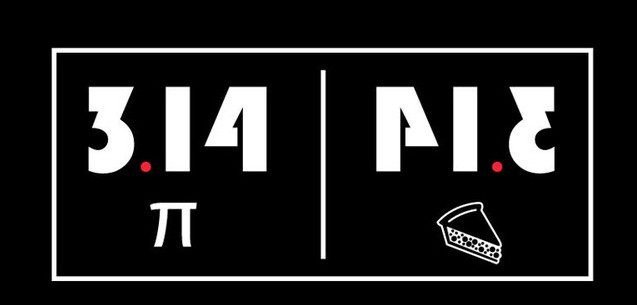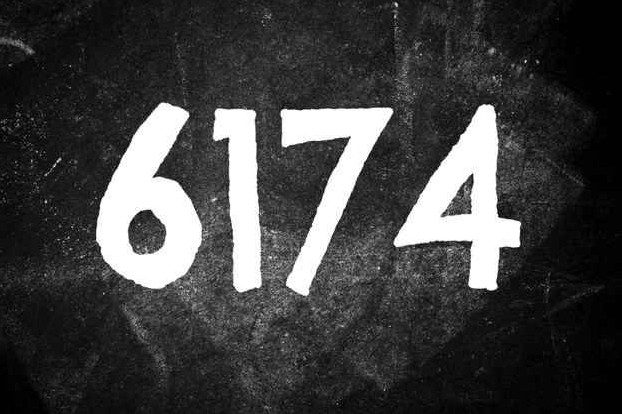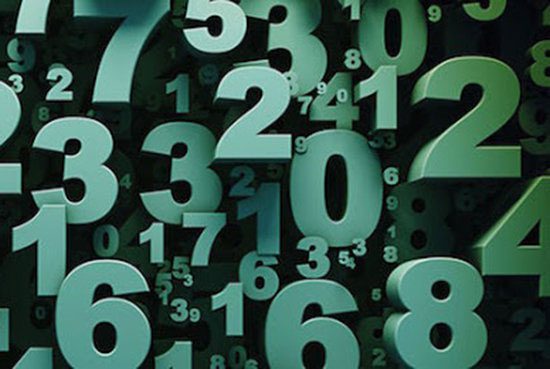With these super interesting facts about mathematics below, many of you will surely fall more in love with this fascinating subject.
What makes mathematics so incredibly appealing? The following points will help you understand and appreciate this subject even more!
1. If you write the number Pi to 2 decimal places and then reverse it, you get the word Pie, which means “circle.”

2. 111,111,111 x 111,111,111 = 12,345,678,987,654,321.
3. The number 100 is derived from the word “hundrath,” which means 120, not 100.
4. A pizza with radius Z and height A will have a volume of Pi x Z x Z x A (where x stands for multiplication).
5. 1089 x 9 = 9801.
6. Students chewing gum can do math faster than those who don’t.
7. All roads lead to “100.”
123 – 45 – 67 + 89 = 100.
123 + 4 – 5 + 67 – 89 = 100.
123 – 4 – 5 – 6 – 7 + 8 – 9 = 100.
1 + 23 – 4 + 5 + 6 + 78 – 9 = 100
8. (6×9) + (6+9) = 69.
9. According to mathematicians, there are 177,147 ways to tie a tie.
10. When you shuffle a deck of cards, the order of the cards may very well have never appeared in history!
11. The most popular number is 7.
The proof is that we have 7 deadly sins, 7 wonders of the world, 7 colors of the rainbow, 7 dwarfs, 7 oceans, and 7 days in a week…..
12. 21978 x 4 = 87912.
13. In a room with 23 people, the probability that 2 people share the same birthday is 50%.
14. The obvious…
0.999999… = 1
15. Kaprekar’s constant
Choose any 4-digit number, follow the steps below, and the final result will always be 6174.
6174 is known as Kaprekar’s constant, named after the Indian mathematician. To arrive at this constant, follow these steps:

Choose any 4-digit number, provided that all 4 digits are different (like 1111, 2222, 3333,…). For example, the number 1401.
Rearrange the digits to form the largest and smallest numbers possible from this rearrangement. In this example, the two numbers are 4110 and 0114.
Subtract the smallest from the largest: 4110 – 0114 = 3996
Repeat steps 2 and 3 for the difference obtained. We have the following results:
4110 – 0114 = 3996
9963 – 3699 = 6264
6642 – 2466 = 4176
7641 – 1467 = 6174
Kaprekar’s constant appears after the fourth subtraction. From here on, if continued, no other number will result besides this constant.
The highest Kaprekar’s constant takes 7 steps (7 subtractions) to reach the final result.
For example, the number 9831 reaches 6174 after 7 subtractions:
9831 – 1389 = 8442
8442 – 2448 = 5994
9954 – 4599 = 5355
5553 – 3555 = 1998
9981 – 1899 = 8082
8820 – 0288 = 8532 (adding 0 in front or behind to make it 4 digits is allowed, not 882 – 288 = 594)
8532 – 2358 = 6174
16. Special pairs of numbers

The invention and naming of numbers follow interesting rules.
- Imperfect number: This term refers to numbers that cannot be expressed as the sum of all divisors of any positive integer (excluding that positive integer itself). For example, 4 is not an imperfect number because 4 = 3 + 1, whereas both 3 and 1 have divisors summing to 4. However, 5 is an imperfect number because it can only be expressed as 5 = 4 + 1. If you argue that this is the sum of the divisors of 4, you are mistaken, as the sum of the divisors of 4 should be 1 + 2 = 3.
- Amicable numbers: These are pairs of positive integers such that the sum of the divisors of one exceeds the other by exactly 1 (excluding that number). That is, (m,n) is an amicable pair if s(m) = n + 1 and s(n) = m + 1, where s(n) is the sum of the proper divisors of n, and an equivalent condition is σ(m) = σ(n) = m + n + 1, where σ denotes the sum of the divisors function. Therefore, the first amicable pairs were (48,75), (140,175), (1575,1648), (2024,2295)…
- Abundant number: These are numbers for which the sum of the divisors (excluding the number itself) is greater than the number itself. For example, the number 12 has divisors summing to (excluding 12) 1 + 2 + 3 + 4 + 6 = 16 > 12. Thus, 12 is an abundant number.
- Semiperfect number: A natural number that is equal to the sum of all or some of its divisors, making the set of semiperfect numbers broader than that of perfect numbers. Examples include 6, 12, 18, 20, 24, 28, 30,…
- Weird number: A number is considered weird when it is abundant but not semiperfect. In other words, the sum of its divisors is greater than the number itself, but the sum of some or all of its divisors will never equal the number itself. Examples include 70, 836, 4030, 5830,… which are weird numbers.
17. The significance of numbers
For Asians, the numbers from 1 to 9 each hold a unique meaning that contributes to the concept of feng shui. Specifically:
- Number 1: Represents the gods, understood as the son of heaven. The number one symbolizes the utmost, the unique high mountain, no one else. If a person cannot hold this position for long, it will be perilous and only the divine can maintain this position.
- Number 2: Symbolizes a pair, a couple, and is a happy number that facilitates festive events, weddings… The number 2 represents the balance of yin and yang combined; thus, red lucky charms are often placed on the front door during the New Year.
- Number 3: Considered a solid number like a tripod, and in Hong Kong, there is a saying that three with three is forever (endless), making it a symbol of hope for longevity.
- Number 4: Represents the formation of two pairs; however, in Hong Kong pronunciation, it sounds like the word for death. Therefore, this combination is not very auspicious.
- Number 5: A symbol of honor, authority, and power, number 5 means five directions, representing five sacred mountains. It symbolizes longevity and prosperity.
- Number 6: Is double the number and thus a favorable omen. 3 plus 6 equals 9, forming a group of 3 lucky numbers.
- Numbers 7 and 8: Represent the 7 stars and the 7-star sword used in rituals to ward off evil spirits in feng shui; a setup of 7 or 8 objects is endowed with mysterious power and an invulnerable feeling.
- Number 9: The number of happiness, peace, and prosperity.


















































